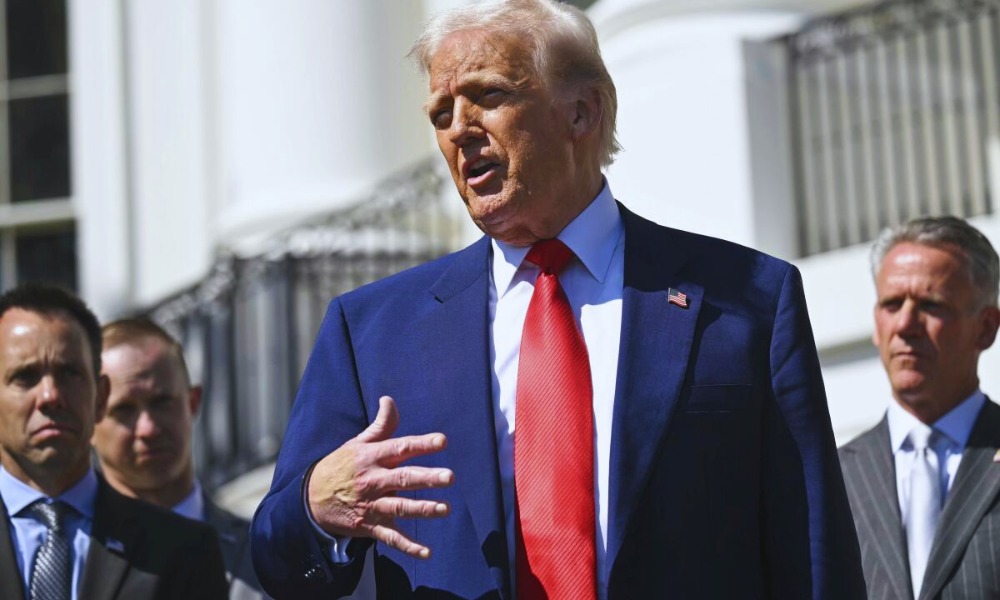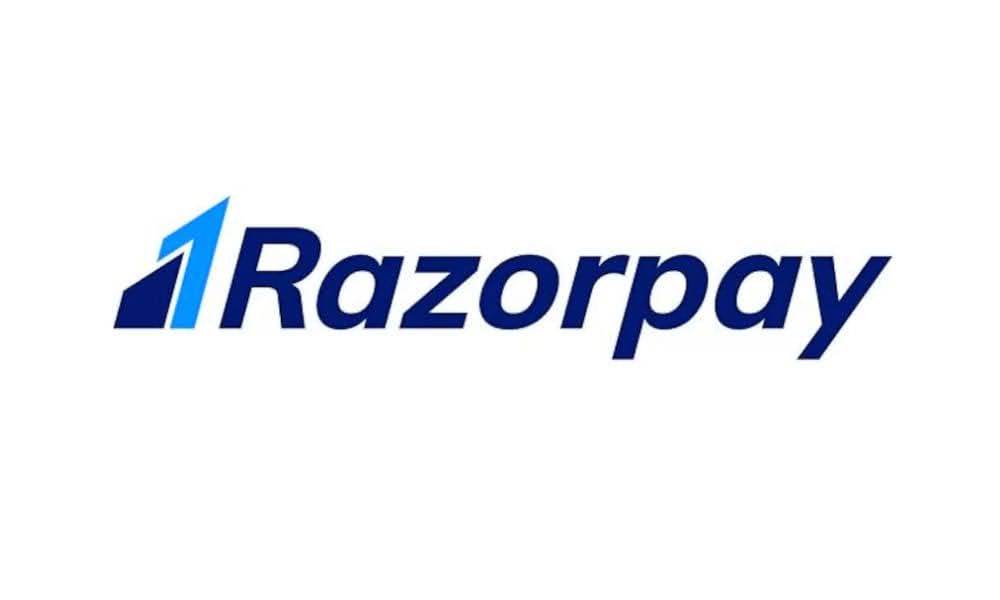Nvidia Stock Surges After Trump’s 90-Day Tariff Pause Announcement

The U.S. stock market got a vital boost after President Trump announced a 90-day pause on reciprocal tariffs, applying a 10% baseline tariff on imports during that time.
The development fueled optimism that recent trade tensions might ease, sending the S&P 500 and Nasdaq Composite soaring by 9.5% and 12.2%, respectively.
Tech Stocks Lead the Market Rally
Technology stocks led the rally as they had been among the hardest hit this year. While tech had a stellar run in 2023 and 2024, it faced a pullback in 2025 due to a weakening economy and concerns that AI spending might have peaked.
Nvidia, a standout in the AI space, felt these effects particularly hard. Known for its high-end graphic processing units used in AI applications, Nvidia’s stock had surged 171% in 2024 and a staggering 684% since 2022.
However, this year has been more turbulent. Investor fears grew that hyperscalers such as Microsoft and Amazon might reduce their AI data center investments if the economy deteriorates.
The launch of DeepSeek, a low-cost AI model, also added pressure, pushing Nvidia shares down nearly 15%.
Nvidia Stock Bounces Back on China News
Despite recent struggles, Nvidia saw a remarkable 19% surge in its share price on April 9, thanks to encouraging developments related to China.
Although Nvidia CEO Jensen Huang had ridden a wave of AI enthusiasm in 2024, ongoing concerns had suppressed the stock’s momentum in 2025.
Banks like JP Morgan Chase, pharmaceutical companies, and retailers continue to explore AI’s potential, and even militaries are testing AI for battlefield advantages.
AI adoption is now widespread, with companies across sectors experimenting with AI agents to improve efficiency.
AI Growth Continues to Fuel Demand
While AI is not a new concept—with roots dating back to Alan Turing and early programs by the Rand Corporation—it only recently went mainstream.
OpenAI’s ChatGPT, launched in November 2022, became the fastest app to reach one million users. Today, millions use ChatGPT and competitors like Google’s Gemini for everyday tasks.
This AI boom has significantly benefited Nvidia. Hyperscale data center operators have invested heavily in infrastructure to support the growing computing demands of AI.
In 2024, Microsoft, Google, and Amazon together spent $192 billion on capital expenditures, a sharp rise from $117 billion in 2023.
Nvidia’s GPUs, like the H100, H200, and Blackwell AI chips, are central to this infrastructure.
These chips have driven Nvidia’s annual revenue to over $130 billion—an increase of 114% from 2023’s $27 billion. Net income has also soared to nearly $73 billion from under $5 billion a year earlier.
Tariff Risks Ease for Nvidia’s China Business
Nvidia’s global demand is strong, but China has become a challenging market due to U.S. restrictions on selling advanced chips.
The U.S. government has tried to prevent these chips from being used against American interests, leading to a sharp decline in Nvidia’s Chinese revenue.
Historically, China contributed about 20% of Nvidia’s data center sales. Now, according to Huang, “It’s about half of what it was before the export control.”
The situation could have worsened in 2025 as there was debate over whether the H20 chip—Nvidia’s most powerful offering in China—should also face restrictions.
Alibaba, Tencent, and ByteDance reportedly ordered $16 billion worth of H20 chips in Q1. Fortunately for Nvidia, the Biden administration appears to have deprioritized further crackdowns, reportedly influenced by lobbying efforts and Nvidia’s promise to invest in U.S.-based data centers.
Nvidia Stock Rebounds from Tariff Crash
The pause in tariffs and signs of easing restrictions on Nvidia’s H20 chip sent the company’s stock surging.
On April 8, Nvidia stock rose over 8% to reach an intraday high of $105.68, recovering from its pre-crash level of $105.15 on April 4, when markets fell due to China’s tariff announcement.
By mid-morning on April 8, Nvidia shares were up 6.63%, trading at $104.11 compared to $97.64 at the previous close.
The April 4 drop followed news of additional Chinese tariffs, which weighed heavily on Nvidia due to its reliance on parts and manufacturing from countries like China and Vietnam.
On April 7, Nvidia shares saw volatility again, dropping 8.15% at the open as selling pressure hit big tech and consumer discretionary stocks.
Nvidia’s Stock Performance and Market Valuation
Despite the recent recovery, Nvidia’s shares are still more than 25% lower in 2025 on a year-to-date basis. The stock hit an eight-month low of $87.51 on April 4, down from $88.74 in September 2024.
Even so, long-term investors have seen massive returns. Nvidia stock has returned over 1,400% in the past five years and more than 18% in the last 12 months.
As of April 8, Nvidia’s market capitalization rose 6.06% to $2.526 trillion. However, it has still lost nearly 24.69% of its value so far in 2025.









